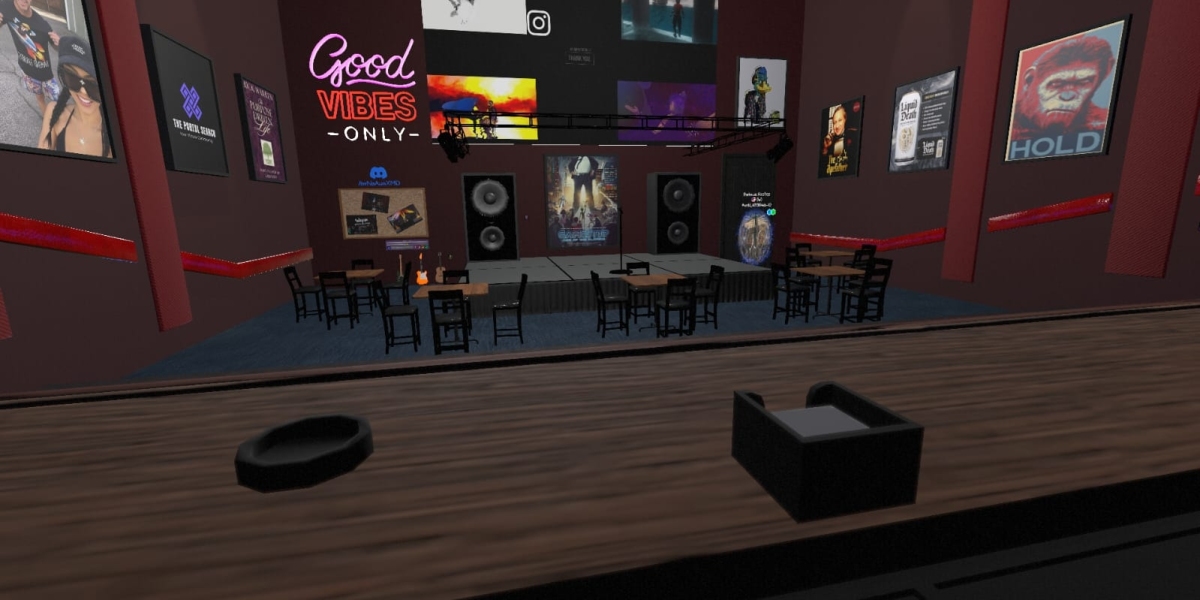Architectural design has undergone a dramatic transformation over the years, with technology playing a pivotal role in this evolution. One of the most impactful advancements is architecture rendering, which has revolutionized how architects visualize, design, and communicate their ideas. Leveraging technologies like virtual reality (VR) and augmented reality (AR), architecture rendering has opened new dimensions in the field, providing immersive and interactive experiences. This article explores the power of architecture rendering and highlights the innovative contributions of The Portal Search, a leading virtual reality development company.
The Essence of Architecture Rendering
Architecture rendering is the process of creating two-dimensional and three-dimensional images or animations that illustrate the proposed design of a building or space. This process involves using advanced computer graphics to simulate the appearance of architectural projects with high levels of detail and realism.
Key Components of Architecture Rendering
- 3D Modeling: The foundation of any architectural render is a detailed 3D model of the project. This model represents the spatial dimensions and geometry of the design, serving as the skeleton for further detailing.
- Texturing and Materials: Applying textures and materials to the 3D model adds realism. This step includes specifying the colors, patterns, and physical properties of surfaces, such as wood, metal, glass, and fabric.
- Lighting and Shadows: Proper lighting is crucial for creating realistic renders. It involves simulating natural and artificial light sources, along with shadows and reflections, to enhance the depth and atmosphere of the design.
- Rendering: The final step involves processing the model with all its details to produce high-quality images or animations. This can be done using various rendering engines that calculate the interaction of light with surfaces to create photorealistic visuals.
The Role of Virtual Reality and Augmented Reality
Virtual reality (VR) and augmented reality (AR) have taken architecture rendering to new heights, offering immersive and interactive ways to experience architectural designs.
Virtual Reality (VR)
VR enables architects and clients to explore virtual models of buildings in a fully immersive environment. By wearing a VR headset, users can walk through the design, experiencing it as if they were physically present. This level of immersion helps in better understanding the spatial relationships, scale, and ambiance of the project.
Benefits of VR in Architecture Rendering
- Enhanced Visualization: VR provides a comprehensive view of the design, allowing users to see every angle and detail in real-time.
- Improved Decision Making: Clients can make informed decisions based on a realistic experience of the space, reducing the likelihood of changes during the construction phase.
- Engagement and Communication: VR enhances communication between architects and clients, making it easier to convey ideas and gather feedback.
Augmented Reality (AR)
AR overlays digital information onto the real world, providing an interactive way to visualize architectural designs in the context of their actual environment. Using AR devices or smartphones, users can see 3D models superimposed on real-world settings, offering a realistic preview of how the design will integrate with its surroundings.
Benefits of AR in Architecture Rendering
- Contextual Visualization: AR helps in visualizing how a building will look within its actual site, taking into account existing structures and landscapes.
- Interactive Design Adjustments: Users can interact with the 3D model, making real-time adjustments and exploring different design options.
- Enhanced Client Presentations: AR makes presentations more engaging and informative, providing clients with a clear understanding of the project.
The Impact of Architecture Rendering on Design Processes
Architecture rendering, combined with VR and AR, has significantly impacted various aspects of the architectural design process.
Conceptualization and Design Development
Architects can use rendering techniques to visualize and refine their concepts from the earliest stages of design. This iterative process allows for exploring different design possibilities, experimenting with materials, and fine-tuning details. VR and AR further enhance this phase by providing immersive environments to test and develop ideas.
Client Collaboration and Approval
Effective communication with clients is crucial in architectural design. High-quality renders, VR walkthroughs, and Augmented Reality (AR) visualizations enable clients to fully understand and engage with the design. This interactive approach fosters collaboration, facilitates feedback, and accelerates the approval process.
Marketing and Presentation
Rendered visuals are powerful tools for marketing and presentation. Architects can create compelling presentations that showcase their designs in a realistic and engaging manner. These visuals are invaluable for marketing materials, project proposals, and competition entries, helping architects stand out in a competitive market.
Construction and Documentation
Detailed renders assist in the construction phase by providing accurate visual references for contractors and builders. These visuals can be used to create comprehensive construction documents, ensuring that the design intent is clearly communicated and accurately executed.
The Portal Search: Pioneering Innovation in Architecture Rendering
The Portal Search is at the forefront of integrating advanced technologies like VR and AR into architecture rendering. As a leading virtual reality development company, they specialize in creating immersive and interactive experiences that transform architectural design processes.
Expertise in VR and AR Development
The Portal Search's team of skilled developers and designers are experts in VR and AR technologies. They work closely with architects to understand their vision and translate it into immersive experiences that bring designs to life. Whether it's developing VR walkthroughs, AR visualizations, or photorealistic renders, their expertise ensures high-quality outcomes.
Innovative Solutions
Innovation is central to The Portal Search's approach. They continuously explore new technologies and techniques to push the boundaries of what's possible in architecture rendering. Their commitment to innovation allows them to deliver unique solutions that meet the evolving needs of architects and clients.
Case Studies and Success Stories
The Portal Search has a proven track record of delivering successful projects across the architectural industry. One notable project involved creating a VR walkthrough for a large residential development. This immersive experience allowed the clients to explore the design in detail, leading to quicker approvals and a more streamlined construction process. Another success story includes developing AR visualizations for an urban planning project, helping stakeholders visualize and approve the design in the context of the existing cityscape.
Conclusion
Architecture rendering, powered by virtual reality and augmented reality, is transforming the architectural design landscape. These technologies offer unprecedented opportunities for visualization, interaction, and engagement, enhancing every stage of the design process. The Portal Search, with its expertise and innovative approach, is leading the charge in this transformation, providing architects with cutting-edge tools to create immersive and impactful designs. As technology continues to evolve, the potential of architecture rendering will only grow, opening new dimensions in architectural creativity and communication.









